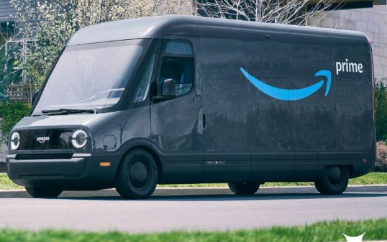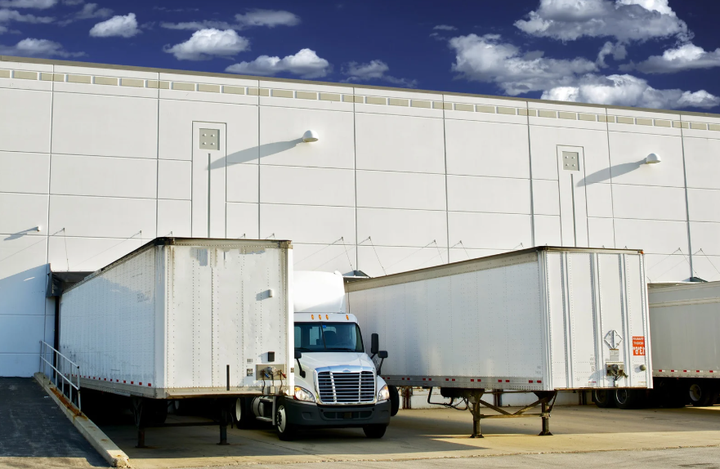Amazon Makes A Big Move
The build out of rural warehousing networks by the retail giant has significant ramifications for trucking and logistics providers.

Two recent announcements from Amazon and UPS indicate that the world's largest online retailer has decided it can now move freight more efficiently than for-hire carriers.
According to a report from Bloomberg, Amazon is planning to build out its warehouse network in rural areas of the U.S., bringing the total to around 210 delivery stations by the end of the year. That's around three times as many as it had at the end of 2023.
Right around the time of the Amazon announcement, UPS revealed that it was significantly reducing its shipments for Amazon and was planning to cut 20,000 jobs and close some facilities this year.
Amazon says it will spend around $4 billion on the rural logistics expansion by the end of 2026, solidifying its place as the country's largest private carrier. It already has built out a huge network of warehouses around metro areas. By expanding the footprint into rural areas, where lower populations typically make last-mile transportation more expensive, it now can lower the cost of delivery to rural customers.
The Amazon move is not surprising, given the level of logistics automation and efficiency it has developed over the past decade. Building out its logistics network near population centers first and using for-hire carriers like UPS, FedEx, and US Postal Service to fill in all the gaps in smaller metro areas and rural areas made sense initially. But now it doesn't. For Amazon, superior delivery service levels are a key to its success and having total control of the logistics process can ensure that.
The key question: Does this signal a trend in more in-house transportation at other large retailers and wholesale distributors? Recent developments in AI and automation make it more viable for manufacturers and retailers to manage and ship their own freight.
The challenge for for-hire carriers is to leverage the same AI and automation tools as their large customers so that they can remain competitive on freight movement and logistics services.
Also Worth Reading
Our report on the cost and supply of manufacturing and warehouse space in the U.S.


Comments ()